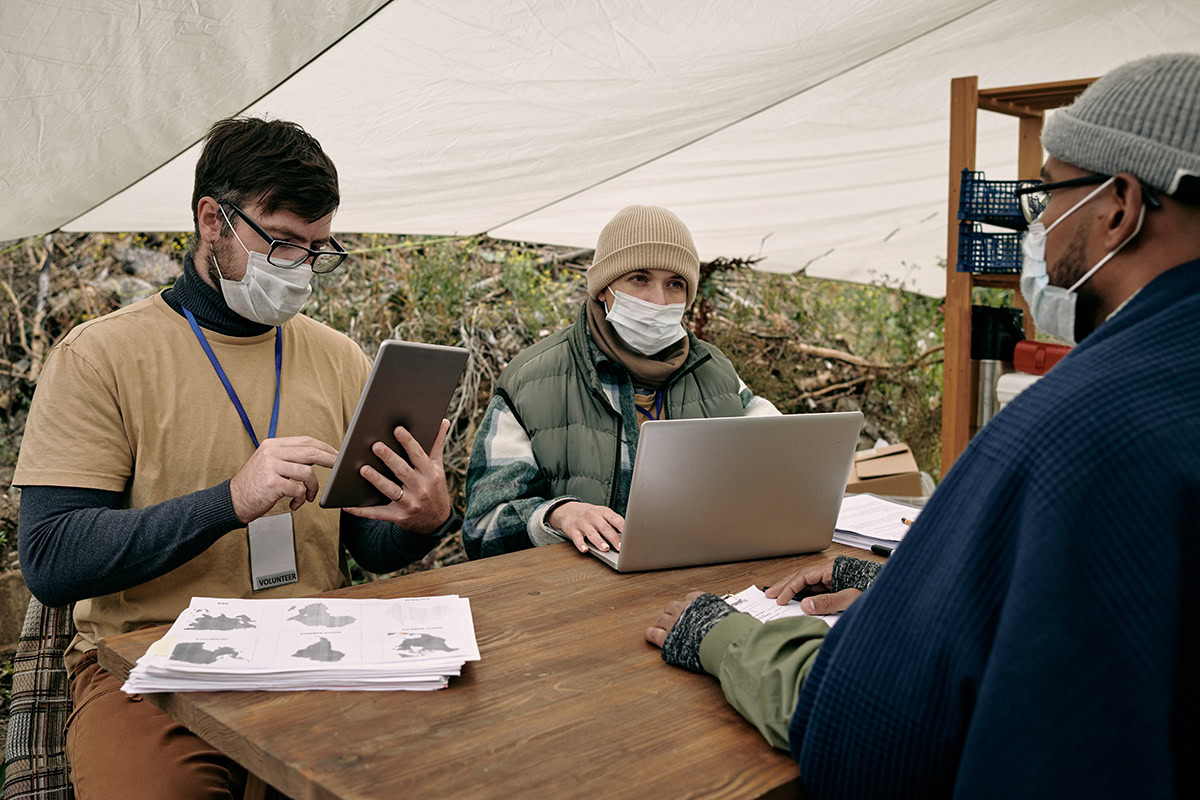Canada’s generosity and commitment to protecting vulnerable populations are well-known throughout the world. This philosophy is well captured in the nation’s refugee policy which offers protection to people facing persecution, violence or other dangerous situations.
Having navigated the complicated world of Canadian immigration for more than 20 years, Kurzfeld Law Firm has witnessed innumerable stories of resiliency, hope, and fresh starts.
Now, for people who are not familiar with immigration procedures or legalese, grasping how refugee status functions in Canada might be challenging.
This blog will help you understand the basic aspects of refugee status in Canada. It is for those wanting to be classified as a refugee, those helping someone else to become a refugee, or those who merely want to understand it.
Refugee Status: What Is It?
The goal of Canadian humanitarianism is to protect people who face persecution, violence, or deadly situations in their countries, and this is well reflected in the designation of refugees. For some, it becomes a hope of finding protection and a fresh beginning, not only an immigration status.
Based on international law, especially the 1951 Refugee Convention and the Charter of Rights and Freedoms, Canada recognizes the prime roles in the protection of refugees and their human rights. The refugee program is supposed to be oriented to provide a fair assessment of claims and provide refuge to those in need.
Who Qualifies as a Refugee in Canada?
There are two primary types of refugees in Canada:
- Convention Refugees
These people are considered refugees under the 1951 Refugee Convention. They are afraid of being persecuted on certain grounds and are unable to depend on the protection of their homeland.
- People Who Need to Be Protected
People who are already in Canada and are unable to return home because of the following risks fall under this category:
- Risk to life
- Torture
- Danger of harsh or unconventional discipline
Importantly, a person is usually not eligible for refugee status if they are experiencing economic hardship or widespread violence that does not involve personal targeting.
Pathways to Refugee Status in Canada
- From Outside Canada
Every year, Canada’s Refugee and Humanitarian Resettlement Program resettles thousands of refugees. This method involves partnering with private sponsors or agencies such as the United Nations High Commissioner for Refugees (UNHCR).
Important Steps:
- Sponsorship or Referral: In Canada, either a private sponsor organization or the UNHCR refers refugees.
- Applications and Screening: Canadian authorities review applications to make sure the applicant satisfies eligibility requirements.
- Security and Medical Checks: Before being allowed to enter Canada, refugees must undergo stringent security and medical checks.
For people residing in nations or refugee camps where they are unable to remain safely, this route is perfect.
- From within Canada
The Independent Refugee Protection Program in Canada enables those who are already in Canada to look for refugee status. Most of the time, this affects people who sneak into the country or come in on a legal visa and later seek asylum.
Important Steps:
- Applying for Refugee Status: People can apply for refugee status at an Immigration, Refugees, and Citizenship Canada office or at a port of entry.
- Eligibility Determination: Officials evaluate the claim’s eligibility for refugee protection in Canada.
If qualified, claimants appear at a hearing before the Immigration and Refugee Board (IRB) to make their case.
The Role of the Immigration and Refugee Board
Canada’s refugee claims are decided by the IRB, an impartial body. Throughout the hearing procedure, claimants present proof of their situation, such as:
- Statements regarding their experiences and motivations for escaping.
- Witness accounts, police reports, and medical records are examples of supporting documentation.
Whether the claimant actually needs protection under Canadian or international law is up to the IRB to decide.
How Refugees are Supported in Canada
Canada’s commitment to supporting refugees extends beyond providing protection. Numerous resources and initiatives are available to assist refugees in starting over.
- Services for Settlement
Refugees are given help with housing, healthcare, education, and learning English or French.
- Individual Sponsorship
Apart from government assistance, private sponsorship initiatives link refugees with local organizations or people who offer them both material and emotional support throughout their first year in Canada.
- Opportunities for Employment and Education
After their claims are accepted, refugees are entitled to permanent resident status and can work or pursue education while they wait.
- Access to Healthcare
In the interim, refugees are covered by the Interim Federal Health Program (IFHP) until they are eligible for provincial or territorial health insurance.
Conclusion: Canada’s Refugee System as a Beacon of Hope
Each refugee’s story is different. For thousands of people escaping unspeakable adversity, Canada’s refugee system is more than just a legal framework—it is a lifeline. The process becomes less complicated when one knows the fundamentals of refugee status in Canada, which also demonstrates the nation’s commitment to humanitarian initiatives.
And with the correct help, Canada can turn into a nation where people who have lost everything can start over with hope and dignity. Kurzfeld Law Firm can help you or someone you know navigate the Canadian refugee system with clarity and confidence.





